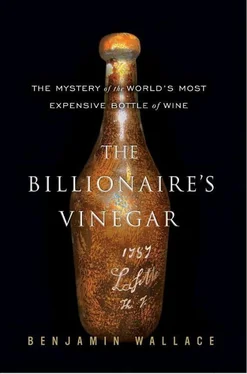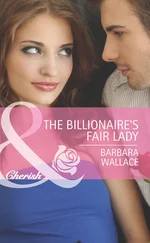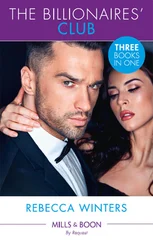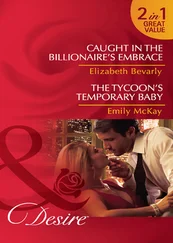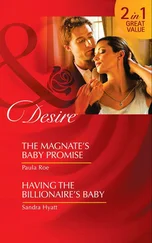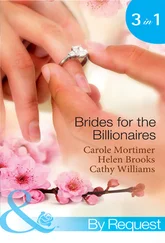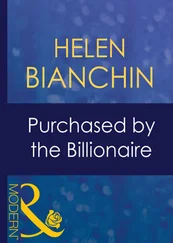The tasting would take place over three days. Flatt already owned 3,000 Tiffany wineglasses, and he ordered an additional two thousand. And Flatt made sure the entertainment would live up to the rest of the event. The Storyville Stompers, a Dixieland jazz band, would parade the tasters to lunch at a restaurant. Another meal would have the theme of a plantation feast. Peter Duchin, the New York society bandleader, would perform at the 120-guest, black-tie dinner-dance at the Meridien Hotel, which would bring the weekend to a close.
As for the wine, Flatt’s tasting would make Marvin Overton’s pioneering 1979 “Lafite in Texas” shindig seem like small beer. Overton had assembled thirty-six vintages, at the time a huge number. But for this 1988 tasting, which had been in the planning for more than a decade, Flatt assembled no fewer than 115 vintages of the first-of-first growths.
Working in Flatt’s favor, Lafite was perhaps the most collectible wine ever made, built to last and especially popular with those compulsive cellarers in England and Scotland. People kept it around for a long time, and more nineteenth-century vintages of Lafite had survived than of any other red Bordeaux. Even before ramping up for this tasting, Flatt already owned sixty vintages. All had perfect résumés, coming from Lafite itself, from other Bordeaux châteaux (they customarily traded samples with each other), or from the impeccably maintained cellars of great French restaurants.
Now, to round out his tasting, Flatt homed in on the remaining vintages he wanted to include in the vertical. He was especially interested in serving the 1806, which he had acquired at auction in 1976 and which hadn’t appeared in earlier Lafite verticals. An 1803, having already been in the lineup at Overton’s 1979 tasting, interested Flatt less. He watched the market intently, constantly checking in with auctioneers and merchants; whenever a Lafite surfaced that he didn’t yet own, he pounced, checking another vintage off his list. The wines most difficult to acquire were not the pre-Phylloxeras, which were expensive but came up for auction on a fairly reliable basis. The really hard gets were the justifiably obscure vintages: nineteenth-century wines blighted by phylloxera or the powdery fungus called oidium; certain years from the unfortunate decade of the 1930s (Broadbent: “It opened with three atrocious vintages”); and even a few more recent “off” vintages, such as 1951 and 1965.
Flatt faxed updates to friends, and they joined in the bottle hunt. Peter Meltzer, a journalist who had been writing about Flatt for years, was able to contribute a rare 1956. Broadbent considered the vintage so poor that drinking it was “a penance,” but Meltzer happened to own some because 1956 was the year of his wife’s birth. David Milligan, a New York importer of Lafite, got the château to contribute a 1905, a 1931, and a 1941. As the tasting approached, Flatt was still trying to add to the list. When an 1822 came up for auction at Christie’s in September, Flatt bid on it, but as the bidding soared, he dropped out. It would have made a nice inclusion, but even he had his limits. The bottle ended up selling for $20,900.
The rarest Lafite of all was provided by Rodenstock, who bartered with Flatt for a 1784 from the Jefferson cache. Whatever its longer-term provenance, the bottle’s recent history was shaky. Rodenstock had personally delivered the bottle to Malibu, where Flatt kept another home, and Flatt had then carried the bottle by private plane to Washington, D.C., and then to New Orleans. The flight was turbulent. The bottle began to leak. Flatt dipped his finger in the wine and thought it tasted “good.”
On a weekend in October, Flatt’s guests converged in New Orleans for an event billed as “200 Years of Lafite-Rothschild.” There were fourteen of them, the number of people who could comfortably fit at Flatt’s table and reasonably divide a single bottle for tasting purposes. They included Overton, thrower of the 1979 Lafite vertical that was about to be left in the dust, as well as Rodenstock and Michael Broadbent, who had wangled an invite for his son by volunteering Bartholomew’s services as a pourer. Before the weekend was over, Bartholomew, nicknamed Bollew, would repay the kindness by sneaking a glass of Coke into a lineup of brown, older wines his father was appraising. Michael Broadbent would say that for an old wine the color looked about right, yelling, after he smelled it, “Bollew, you little shit!”
Day One of the vertical got under way with a flight of five wines: 1950–54. It was followed by a seven-wine flight (1902–08), which was followed by a five-wine flight (1868–72). The progression was typical for a tasting of this kind, moving backward in time from younger to older, simpler to more complex, more powerful and pleasurable to subtler and more intellectual. The final stop in the day’s time travel was 1784. Rodenstock’s leaky Jefferson bottle.
The wine’s level was into the shoulder, ominously low. The room went quiet as Ralf Frenzel set to work. Save for his youth, Frenzel looked the sommelier’s part, with a black waiter’s vest and a silver tastevin dangling from his neck. Having learned his lesson when the Mouton cracked two years earlier, Frenzel now eschewed his antique bottle-breaching toolkit in favor of a plastic Screwpull.
Sure enough, the cork crumbled, a piece breaking off and falling into the wine. Someone lit a candle stub in a silver stick, decanting the wine according to the traditional method. This involved carefully pouring a wine off its sediment, with a flame backlighting the stream, and stopping as soon as sediment began to flow with it. Frenzel inserted a metal funnel filter in the neck of a curvy, modern decanter to catch cork particles and poured the wine through it. Flatt brought the intact stump of cork to his nose and inhaled.
Writer Terry Robards would later point out that, notionally, this Jefferson bottle was worth “at least as much” as the Forbes bottle, since it was three years older. It might even be worth more, since 1784 was considered a superior vintage. But then Flatt’s guests tasted the wine. This was the first of the Jefferson bottles to be opened and tasted in America, at an event neither run by Rodenstock nor populated exclusively with his loyalists, and the comments about the wine seemed to reflect these less controlled circumstances. Robards and Frank Prial, a writer from the New York Times, both deemed the wine “vinegar.” Bartholomew Broadbent would later call it “one of the best balsamic vinegars I ever tasted.”
“The term ‘salad dressing’ was on everyone’s lips,” Robards wrote later, adding, “Only a handful of the other old Lafites proved to be undrinkable, and each of these was basically oxidized, showing the odor of Madeira that is typical of many tired old wines…. What bearing this discovery had on the authenticity of the 1784 Lafite was not immediately apparent, but it was clear that something very different had happened to this particular wine.”
There was that word again: authenticity . The best wines were such a singular experience (the spice of Mouton, for instance, or what Michael Broadbent called the “slow strip tease” of Lafite) that seasoned tasters could readily notice a deviation from it. And Robards had observed, in his considerable experience of old wines, that they all followed the same course—paling in color, thinning in aroma and taste, weakening in structure. This wine was markedly different, being very dark and vinegarishly acidic. He speculated that younger wine might have been added, triggering a secondary fermentation in the bottle.
Questions about the Jefferson attribution had been raised nearly three years earlier, and skepticism about the origin of the bottles had circulated as well, but Robards’s comments, which appeared in the December 15, 1988, issue of Wine Spectator, were the first to suggest publicly that something might be amiss—not merely spoiled, but strange and uncharacteristic—with the wine inside of those bottles. Previous rumors of a Nazi affiliation now seemed almost quaint next to suggestions that the wine itself might not be as old as the engraving indicated.
Читать дальше
